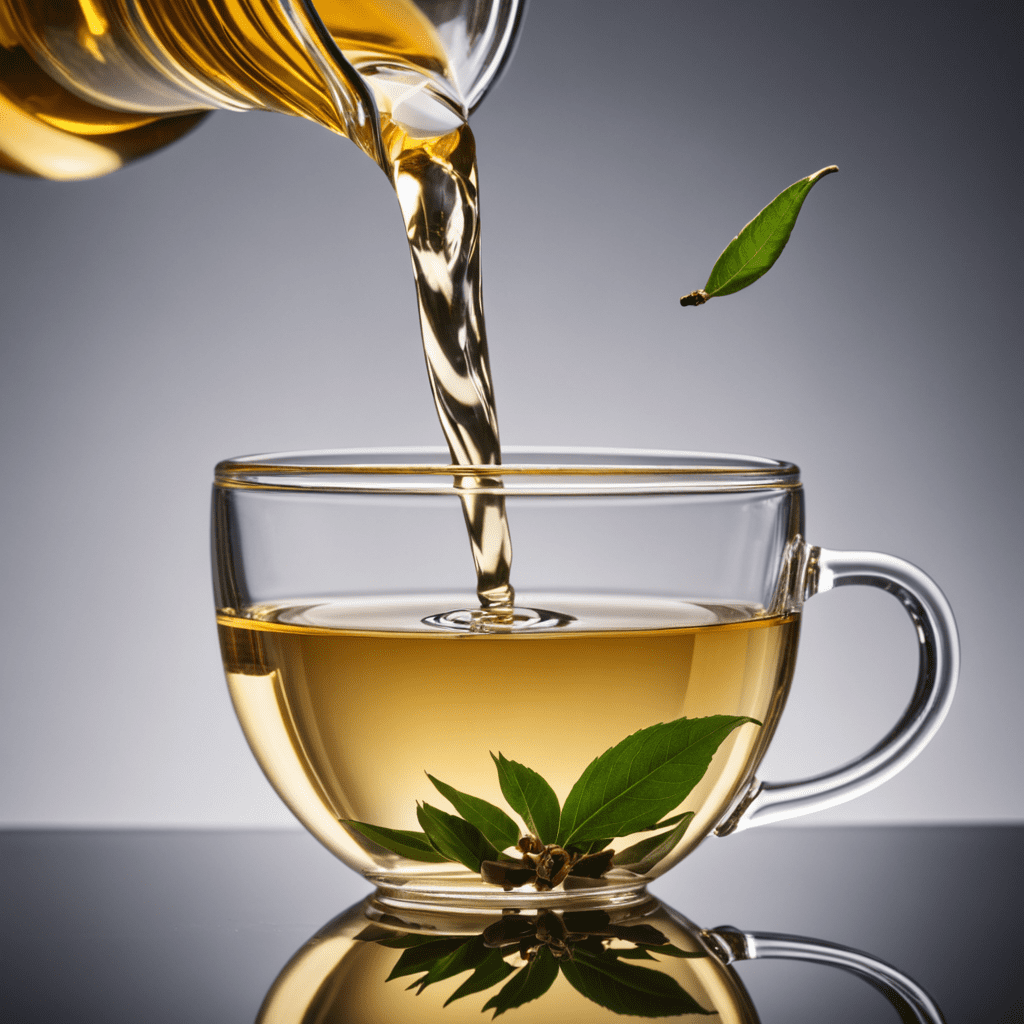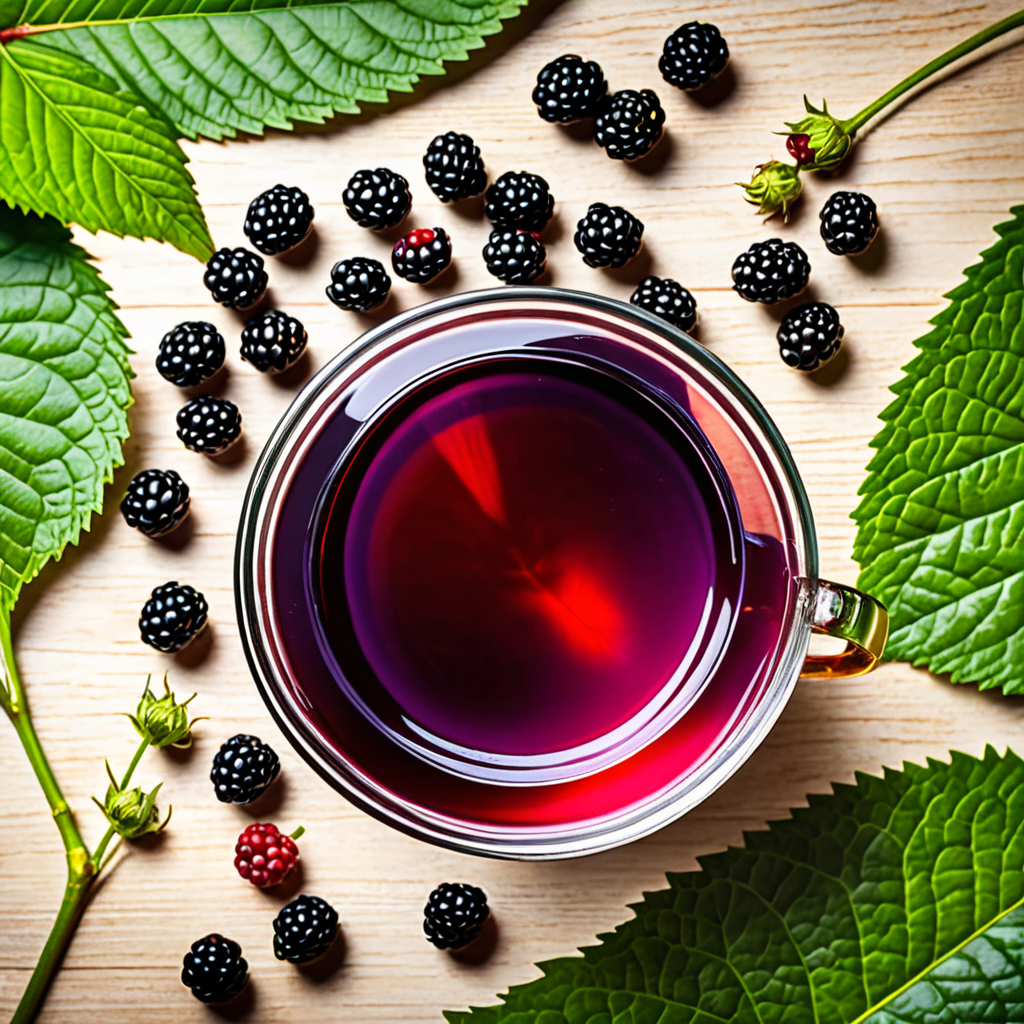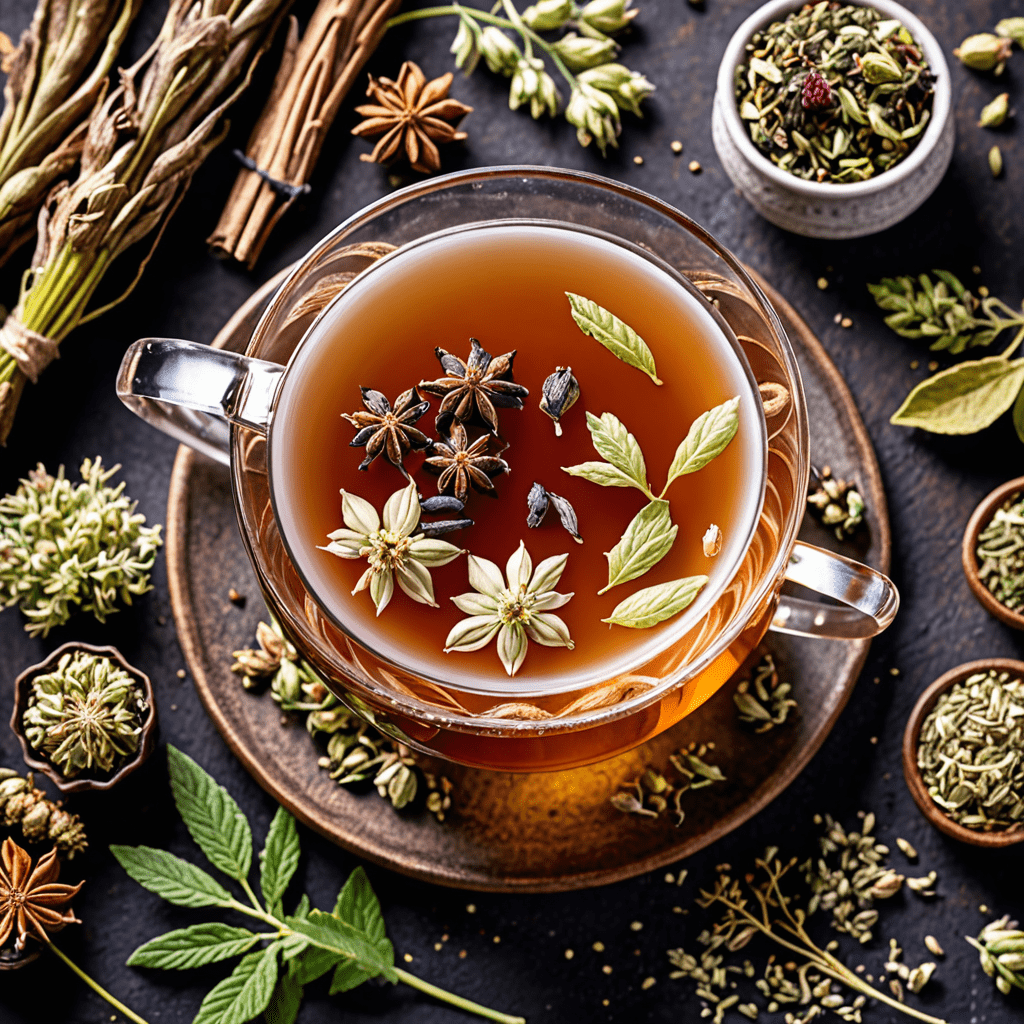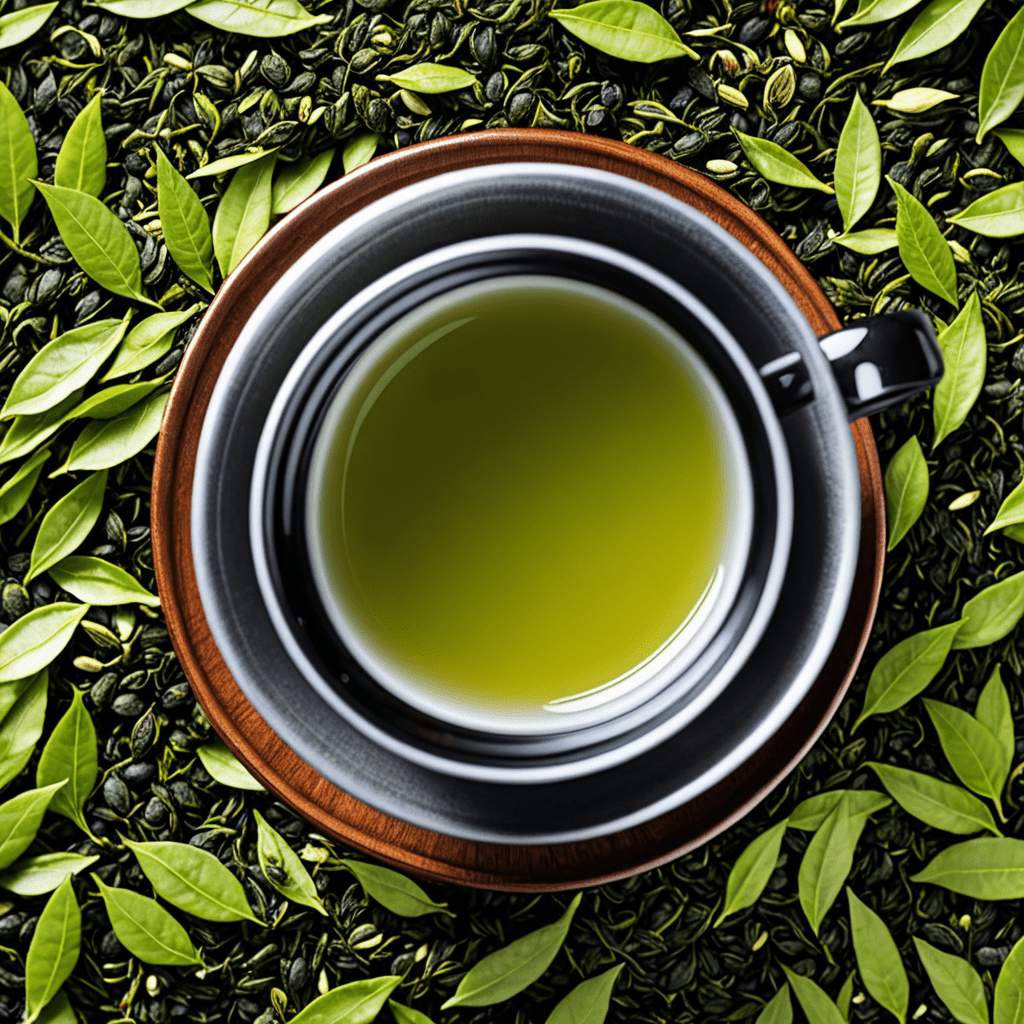White Tea: The Essence of Tea Reflection
The Origin and Art of White Tea
White tea, known for its delicate flavors and minimal processing, originates from delicate tea buds and leaves. Its origin dates back centuries and is part of traditional Chinese tea culture. White tea is revered for its simplicity in processing, where the leaves are often carefully handpicked and minimally oxidized.
Health Benefits and Subtle Flavors
White tea is prized not only for its taste but also for its potential health benefits. Rich in antioxidants and low in caffeine, white tea offers a light and refreshing flavor profile with subtle floral or fruity notes. Its delicate nature makes it a soothing choice for tea enthusiasts.
Types of White Tea
There are different types of white tea, each offering a unique experience. Silver Needle, also known as Bai Hao Yinzhen, consists of only tender buds and is considered one of the most premium white teas. Meanwhile, White Peony, or Bai Mu Dan, includes both buds and leaves, providing a slightly fuller flavor.
The Brewing Process
Brewing white tea is an art that requires attention to detail. Optimal water temperature and steeping time are crucial to unlocking the tea’s delicate flavors. Generally, white tea is best brewed with water below boiling point and steeped for a shorter duration to avoid bitterness.
White Tea vs. Other Types of Tea
Compared to green, black, or oolong tea, white tea undergoes the least amount of processing. This minimal processing helps preserve the natural antioxidants and nutrients present in the tea leaves, making white tea a popular choice among health-conscious individuals.
Pairing White Tea with Food
The subtle and nuanced flavors of white tea make it a versatile beverage for food pairing. It complements light dishes such as salads, seafood, and desserts like fruit tarts or shortbread cookies. White tea’s gentle taste enhances the dining experience without overpowering the flavors of the food.
Embracing the Essence of White Tea
Whether you are a tea aficionado or new to the world of tea, exploring the essence of white tea can offer a unique sensory experience. From its delicate flavors to potential health benefits, white tea embodies a harmonious blend of tradition and simplicity that continues to enchant tea lovers worldwide.
What is White Tea?
White tea is a type of tea made from young or minimally processed tea leaves. It is known for its delicate flavor, subtle sweetness, and light color. White tea is considered the least processed of all types of tea, making it rich in antioxidants and offering potential health benefits.
How is White Tea Different from Other Teas?
White tea undergoes minimal processing compared to green, oolong, and black teas. The leaves are simply withered and dried, preserving their natural properties and flavors. This gentle process gives white tea a unique taste and aroma distinct from other types of tea.
What Makes White Tea the Essence of Tea Reflection?
White tea is often referred to as the essence of tea reflection due to its pure and delicate characteristics. Its light and subtle flavor allow for a more introspective and meditative tea-drinking experience, making it ideal for moments of tranquility and contemplation.



